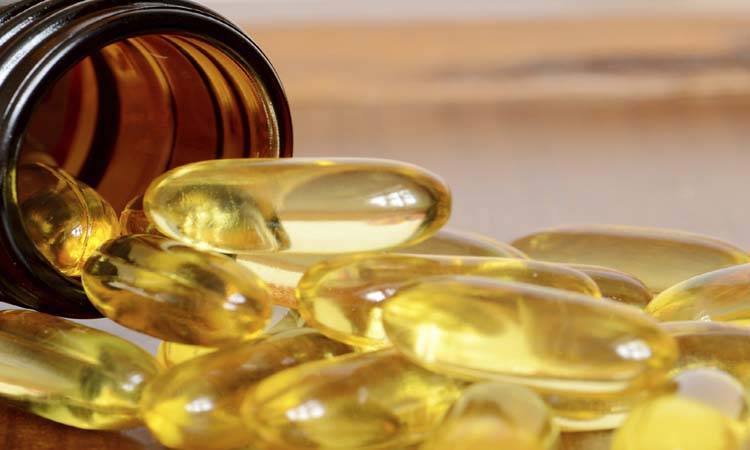NATURE, a high impact, prestigious peer reviewed science journal, published a landmark study last week (10 November 2021) that could help trigger advanced developments in cancer management. The joint publication was from Spanish and US biomedical researchers, in a mice animal model. For the understanding of our lay readers, the study described how cancer metastasis (i.e. when cancer cells break away from the main tumour and start spreading to other organs and sites) is facilitated by consumption of certain dietary fatty acids, particularly palmitic acid, that is part of our daily diets.
Media hounds were quick to pick this up, particularly since they saw the fall guy from the study, a low hanging fruit, ripe and ready for a thorough public bashing. Palm oil was used as a primary source of palmitic acid and by extrapolation and simplification of the study, headlines screamed that palm oil with its higher palmitic acid content was a cancer promoter.





